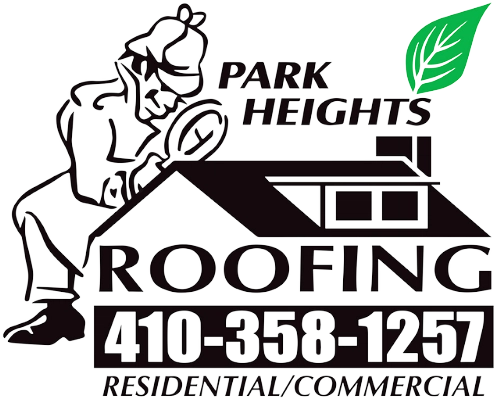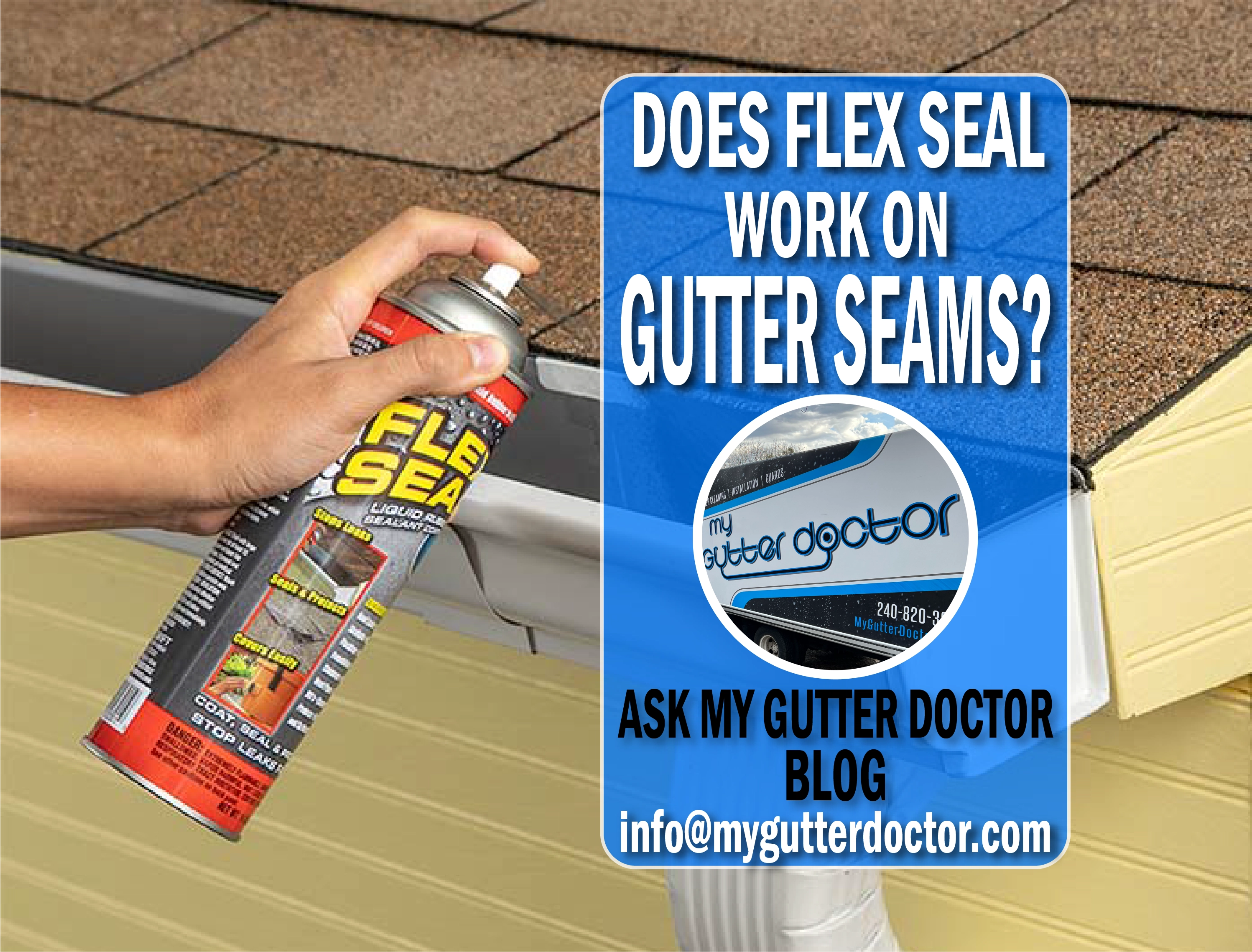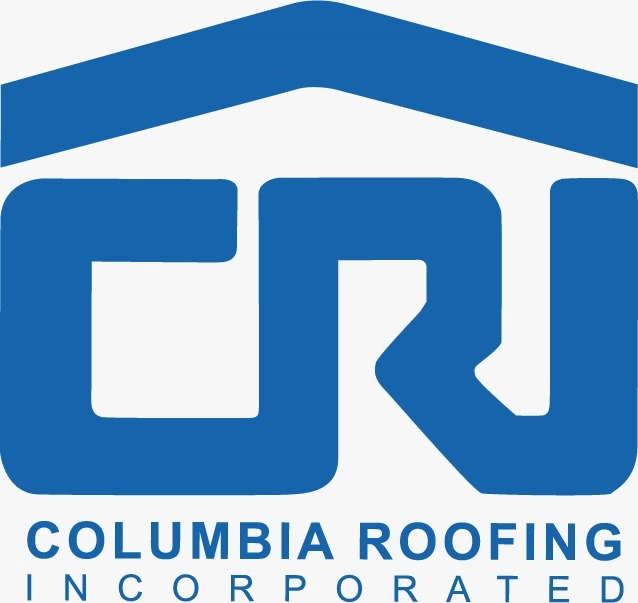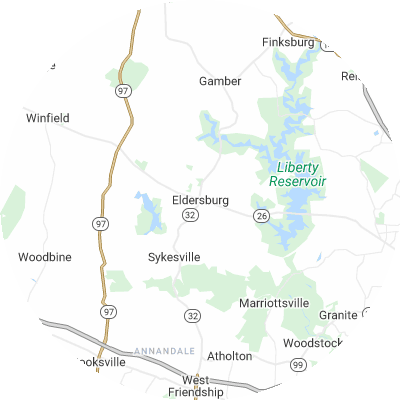Signs You May Need Gutter Guards
Gutter guards aren't always necessary, but the signs of clogged and overflowing gutters are clear. Indicators of ongoing gutter troubles are:
- Frequent clogs that lead to overflow and water spilling over gutters
- Soggy ground or visible erosion patterns around your foundation
- Mold growth, interior wall stains, or peeling exterior paint on walls near gutters.
- Leaky seams or joints where water leaks from the gutters
- Visibly saggy, damaged, or misaligned gutters that no longer correctly direct rainwater
How To Choose a Gutter Guard Installer
Assess Their Experience
The right installation company will have extensive experience, including multiple years in business and experience with various brands and models. Companies with experience can properly measure and install gutter guards to meet your distinct needs. Ask how long a company has been doing installations and request referrals from local customers.
Verify Proper Licensing and Insurance
Make sure that any businesses you're considering are properly licensed, bonded, and insured, holding both general liability and workers compensation coverage. This shields you from liability for potential injuries and accidents. Request current licensing and insurance papers from any potential providers.
Choose Reputable Brands
Look for well-known gutter guard brands such as Gutter Helmet and LeafFilter when selecting an installer. Avoid generic no-name or off-brand guards, which likely lack thorough testing.
Seek Custom Fit Services
For optimal performance, gutter guards need to be custom-fitted to match your unique gutter setup. Select a company that uniquely sizes and cuts guards specifically for your home, rather than using generic guards. Correctly fitted guards will leave no gaps for debris to get stuck.
Examine Warranties
High-quality gutter guard companies often offer 20-year or lifetime warranties that cover rust, clogs, leaks, and other defects. Before choosing a provider, read over its warranty terms on workmanship and materials guarantees. Warranties are the best way to protect your gutter investment.
Check Reviews and Referrals
It's a good idea to research online reviews on Google Reviews, the Better Business Bureau (BBB), Yelp, and other review sites to see customer feedback. Ask neighbors to suggest companies that provide quality local gutter guard installation. When researching, look for providers with consistently good feedback rather than just a single recommendation.
Types of Gutter Guards
The six primary types of gutter guards include the following:
- Foam guards are large pieces of foam that are placed in your gutters to stop debris. They're lightweight and easy to install. On average, you can expect to spend $2.47 per linear foot for foam guards.
- Brush guards are made of large brush bristles that are installed in your gutters, catching debris while allowing water to pass through. On average, you can expect to pay $4.05 per linear foot for brush guards.
- Screen guards have large holes that allow water through while keeping out debris. On average, you can expect to pay $4.52 per linear foot for screen guards.
- Mesh guards stop debris but let water through. Mesh guards have even smaller holes than screen guards. They're durable and allow debris to slide off as opposed to sitting on top of the gutters. On average, you can expect to spend $4.23 per linear foot for mesh guards.
- Micro-mesh guards have even smaller holes than mesh guards and let even less debris into your gutters than mesh. These guards are extremely effective. Micro-mesh guards cost around $5.30 per linear foot.
- Surface tension guards, sometimes called reverse curve guards, use surface tension to let debris slide off while water flows through into the gutter. They can usually be seen from the ground. On average, you can expect to pay $3.32 per linear foot for surface tension guards.













